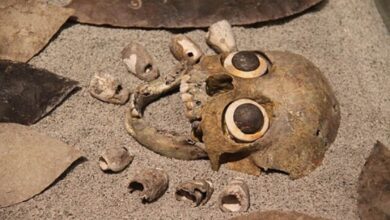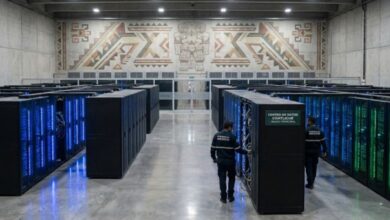Did the FIFA do right in leaving Peru without the U17 World Cup?
Listen this article
The youth championship will be organized by Brazil, which will also host the Copa América this year, but what are the reasons for this decision?

Apparently not to achieve all the requested requirements, FIFA decided in recent days to take the headquarters of Peru from the U17 World Cup, stipulated to be played from October 5 to 27, and which will now be organized by Brazil. It is worth mentioning that Peru hosted a World Cup in this category in 2005, so beyond what is expressed by the governing body of world football, the decision is surprising.
Leer en español: Perú se quedó sin mundial sub17. ¿Hizo bien la FIFA?
This writer, once seen the conditions of the environment, considers that the decision of the Fifa is correct, but that there is another factor, in this case, the president of the Peruvian Football Federation (FPF) Edwin Oviedo, which could have influenced the determination. Now, what FIFA is wrong about, from our point of view, is to announce it at the wrong time.
Why untimely? We say it from the point of view of the fanatic, of the commerce and of the logistics that was already prepared in Inca lands for this great event. The disappointment of the Peruvian fan will last for a while. However, in terms of organization, Fifa knows very well what it does and therefore appointed Brazil, which comes to organize the 2014 World Cup and the Olympic Games in Rio, but also, it will host this year's Copa América, so in football, the stadiums are not the problem. They are ready.
Read also: Find out what FIFA does to protect the environment
Why not Peru?
Beyond not having the designated scenarios last year ready for the World Cup, which seems to extend to the sports venues in which the Pan American Games in Lima will be held, we believe that Edwin Oviedo could finish tipping the balance against Peru.
The lack of timely sports facilities is something very common that FIFA has not always resolved why it is a matter of lack of state planning. However, FIFA did not fail to recognize the efforts of the FPF, its Organizing Committee and the Peruvian government, which motivated them to continue with their infrastructure plan so that they are better prepared for a future candidacy that will surely not be so far away
The next challenge for Peru will be the year 2021, in which they celebrate the Bicentennial of their Independence, so they will have two more years to prepare better. What is striking is that they were able to organize the World Cup in the same category in 2005 (it was Mexico champion) and now, almost 15 years later they were not able to be fit. From this perspective, the parameters of FIFA have increased their level of demand, because these championships have grown in interest and in broadcasts and rights of publication and television. Only that we consider, could fail Peru this time.
#LoÚltimo FIFA le quitó a Perú la organización del Mundial Sub17https://t.co/oE9cOg5OoQ
— ATV+ Noticias (@atvmasnoticias) 22 de febrero de 2019
What does Oviedo have to do with it?
The Fifa, after the embarrassment of Fifa Gate and many other cases of corruption, tries to clean up its image, for that reason, -now under the presidency of Gianni Infantino-, the fact that the president of the Federation of the country in which will make the World Cup (of any modality and category), be in trouble with justice, could somehow stain the entire environment of the body. It is an unwritten code and nobody has reported, but you do not need to be very smart to give that reading.
Recall that last December, Oviedo was sentenced to 18 months in prison in Chiclayo, by Judge Carlos Chanamé, of the Eighth Preparatory Investigation Court of that town and, while being investigated for the murders of trade union leaders Manuel Rimarachín and Percy Farro.
In conclusion, we think it is right, I repeat, that FIFA continues working to clean up its image, and that today Brazil is a better option than Peru for infrastructure is something that can not be denied, but it is also something that we all already knew before being appointed to Peru as headquarters. Therefore, we believe that the most important reason for the change at the last minute of the U17 World Cup organizer is more linked to the Oviedo case than to the failures of preparation presented by the Inca nation.
LatinAmerican Post | Onofre Zambrano





